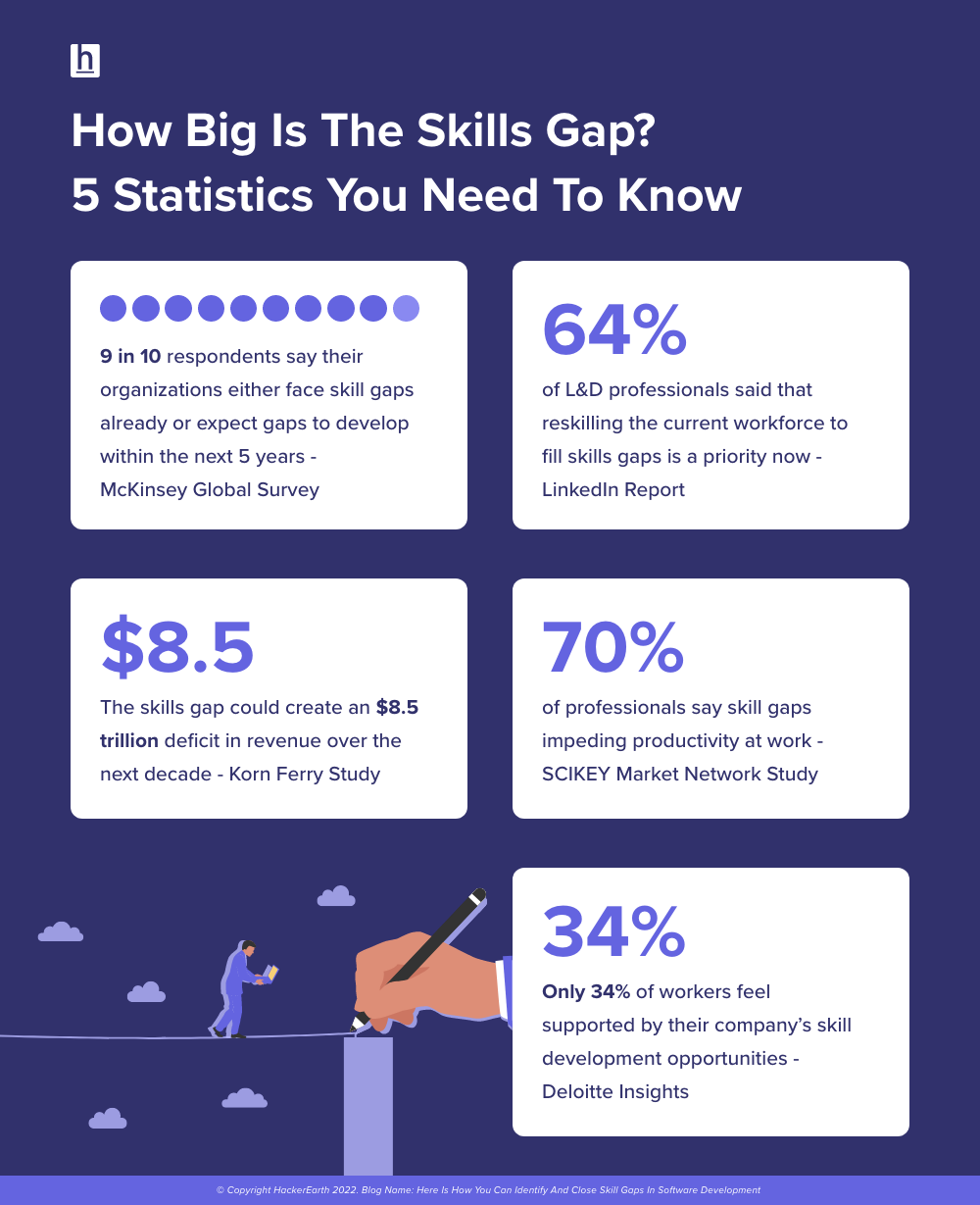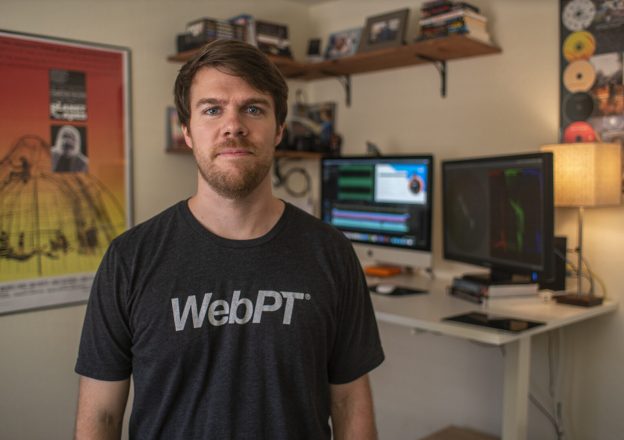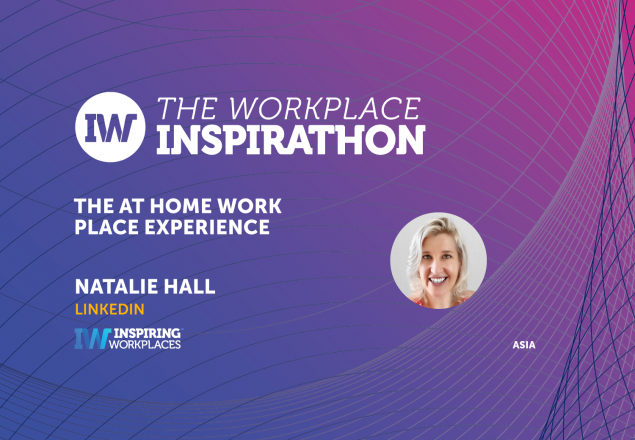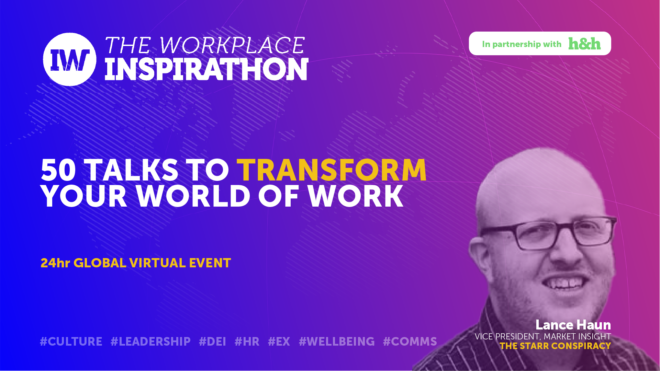To continue reading this article in full click here: What Is A Skills Gap And How To Fix It?

03rd February 2025
Bridging the Skills Gap: How to Future-Proof Your Workforce for Success

The skills gap is the growing disconnect between the skills organizations need and those employees possess, driven by rapid technological advancements and slow adaptation in workforce development. This article explores the root causes of skills gaps, how to identify them through strategic workforce analysis, and actionable steps to build a future-ready workforce.
This article was written by Fuel 50.
Every CEO claims they can’t find good people. Every worker claims they can’t find good jobs. Both are right.
Welcome to the skills gap paradox.
The disconnect lies in how fast workplace skills are evolving. The capabilities companies desperately need today are often different from the skills their workforce has mastered.
And by the time organizations adapt their training programs, the required skills have already shifted again.
This article examines what skills gaps really mean for today’s organizations, what causes them, and most importantly, how to address them effectively.
What is a skills gap?
At its core, a skills gap is the divide between what your organization needs to succeed and what your workforce can actually do. Evaluating the actual skills of your employees is crucial in understanding this divide. But this definition masks a deeper truth: skills gaps are often invisible until they’re hurting you.
Today’s skills gaps manifest in three critical ways:
- Immediate capability gaps: Your team lacks skills needed right now. Think data scientists who can’t work with large language models, or product managers who don’t understand API architectures.
- Emerging skills deficits: Skills your organization will need soon but hasn’t started developing. Like the marketing team that hasn’t developed AI capabilities while competitors are already deploying AI-driven campaigns.
- Strategic competency misalignment: The widening disconnect between your organization’s current collective capabilities and where your industry is heading.
Imagine trying to cross a canyon that gets one foot wider every time you take a step back to get a running start. That’s what organizations face with skills gaps today.
The data backs this up. When 53% of employees would forego a 10% pay raise just to gain new skills, you know something is broken in how we think about workforce capabilities. The skills that matter most today probably didn’t exist three years ago. And the ones you’re frantically trying to hire for now might be irrelevant next year.

Source: hackerearth
This isn’t a training issue. It’s not a hiring issue. It’s an existential threat to how organizations operate.
Want proof? Look at your own organization. How many roles are you trying to fill right now with a job description that would have seemed like science fiction five years ago? How many of your star performers are quietly becoming obsolete?
What causes skills gaps?
Most organizations believe skills gaps happen to them. The reality is more complex: skills gaps emerge from how organizations evolve and adapt to change.
Here’s why:
First, there’s the velocity challenge. Technology isn’t just changing; it’s changing faster than our traditional ways of learning and adapting. When AI capabilities double every 3-4 months, even the most adaptable teams need new approaches to learning and development.
Second, there’s organizational adaptation. Companies recognize the need for new skills, but transforming established practices takes time:
- Evolving hiring practices to value learning capacity alongside experience
- Developing promotion criteria that recognize adaptability and potential
- Creating learning programs that anticipate future needs
But perhaps the most significant factor is how organizations approach talent development.
It manifests in several ways:
- Prioritizing external hiring over internal talent development
- Focusing on immediate skill needs rather than building learning capabilities
- Viewing skills development as a cost rather than a strategic investment
- Limiting talent mobility between departments and roles
Then there are the structural challenges:
- Workforce planning approaches: Traditional workforce planning often struggles to keep pace with rapidly evolving skill requirements. By the time organizations identify and address skills needs, those needs have evolved.
- Leadership priorities: When organizations focus primarily on short-term performance metrics, it becomes challenging to invest in long-term skills development.
- Learning models: Conventional training programs – annual workshops, online courses, certification programs – often move too slowly for today’s pace of change.
- Skills visibility: Organizations often lack real-time insight into their workforce’s capabilities, making it difficult to identify and address emerging skills needs proactively.
The result is a continuous cycle where organizations find themselves adapting to yesterday’s skills needs while tomorrow’s requirements continue to evolve.
The good news? Understanding these causes is the first step toward creating more effective solutions.
Organizations that recognize these patterns can begin to build more adaptive, forward-looking approaches to skills development.






